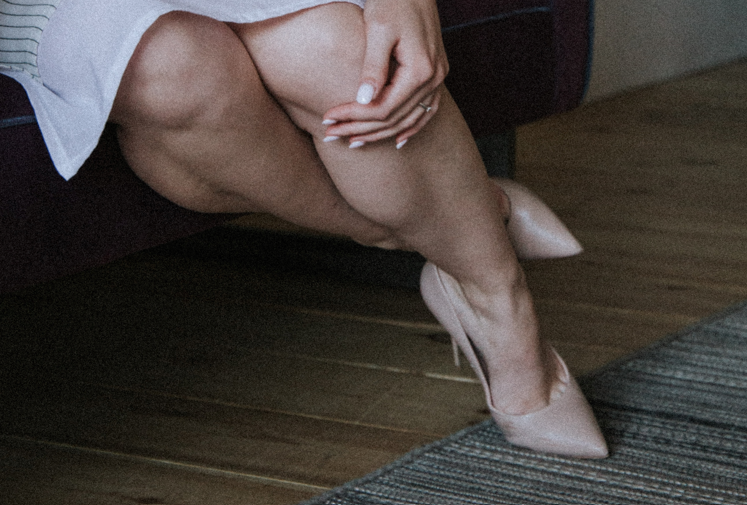I have varicose veins. Would treatment help or could it harm my vascular health?
By Wendy Haaf
A First, let’s clarify how varicose veins occur. Arteries carry blood down into the leg, and veins carry the blood back up again. The contraction of your leg muscles when you walk helps push the blood against gravity, and one-way valves inside the veins keep the blood from flowing back down. Changes caused by age, pregnancy, hormones, and genetics can stretch a vein out, preventing the valves from closing fully.
Over time, “the vein gets distended because gravity is congesting the system,” explains Dr. John Harlock, an associate professor of vascular surgery at McMaster University in Hamilton, Ont., and president-elect of the Canadian Society for Vascular Surgery. Small veins in this condition are known as spider or reticular veins; larger ones are called varicose veins.
The main reason to consider treatment for varicose veins is “to deal with symptoms,” Harlock says; these can include itching, aching, burning, swelling, or heaviness. If you’re symptom-free, “it’s okay to leave varicose veins be and monitor them—most of them just tend to be a nuisance,” he explains. Still, you should talk with your doctor about getting your varicose veins checked—typically with ultrasound—to rule out more serious underlying problems such as blood clots.
Exercising regularly, wearing compression stockings during the daytime, and elevating your legs at night can help reduce pressure on varicose veins. Stylish compression hose made of lightweight comfortable material are covered by most medical insurance plans— look for a specialty clinic or ask for a catalogue at your pharmacy.
If you’re considering treatment, the type that’s most suitable depends in part on the size of the vein. “Usually we get an ultrasound test to see where the problem lies and which vein it is,” Harlock says. “[In the case of smaller veins,] a lot of times we can inject some foam, which causes the vein to scar and kind of wither away.” Provided it’s not being done for cosmetic reasons, the procedure—called foam sclerotherapy—is at least partly covered by many provincial health plans and is generally safe and effective. You can find a tool that lays out the risks and benefits of treating varicose veins in more detail on the Ottawa Hospital Research Institute’s website: decisionaid.ohri.ca/azlist.html.
For larger veins, the options are surgery or “going up inside with a laser or sealant to seal and close down the veins,” Harlock says. Surgery for symptomatic veins is typically covered by public insurance, but it requires general or spinal anaesthesia and waits are long. By contrast, endovascular laser therapy (EVLT) and the sealant procedure are done under local anaesthetic. However, Saskatchewan is the only province that picks up the tab for EVLT and none covers the sealant procedure. Most private plans don’t provide coverage either, so if you choose one of these routes, you’ll have to pay out of pocket, to the tune of $3,000 or more per leg.
Regardless of how it’s done, getting rid of varicose veins won’t harm your vascular health, Harlock says, adding that “it can actually help with circulation” because once veins are treated, the body is forced to redirect blood flow to healthy veins.
Photo by Klara Kulikova on Unsplash






